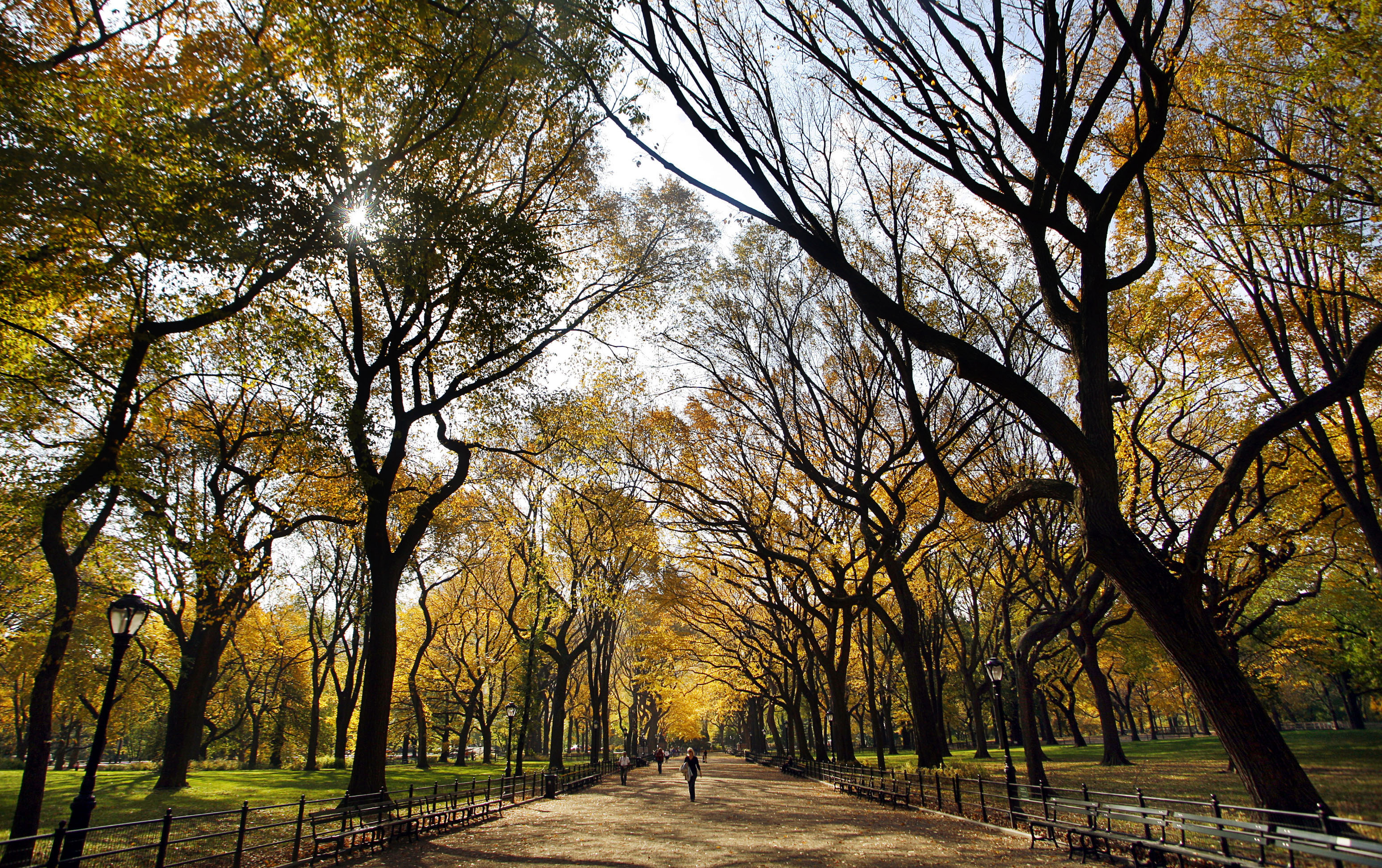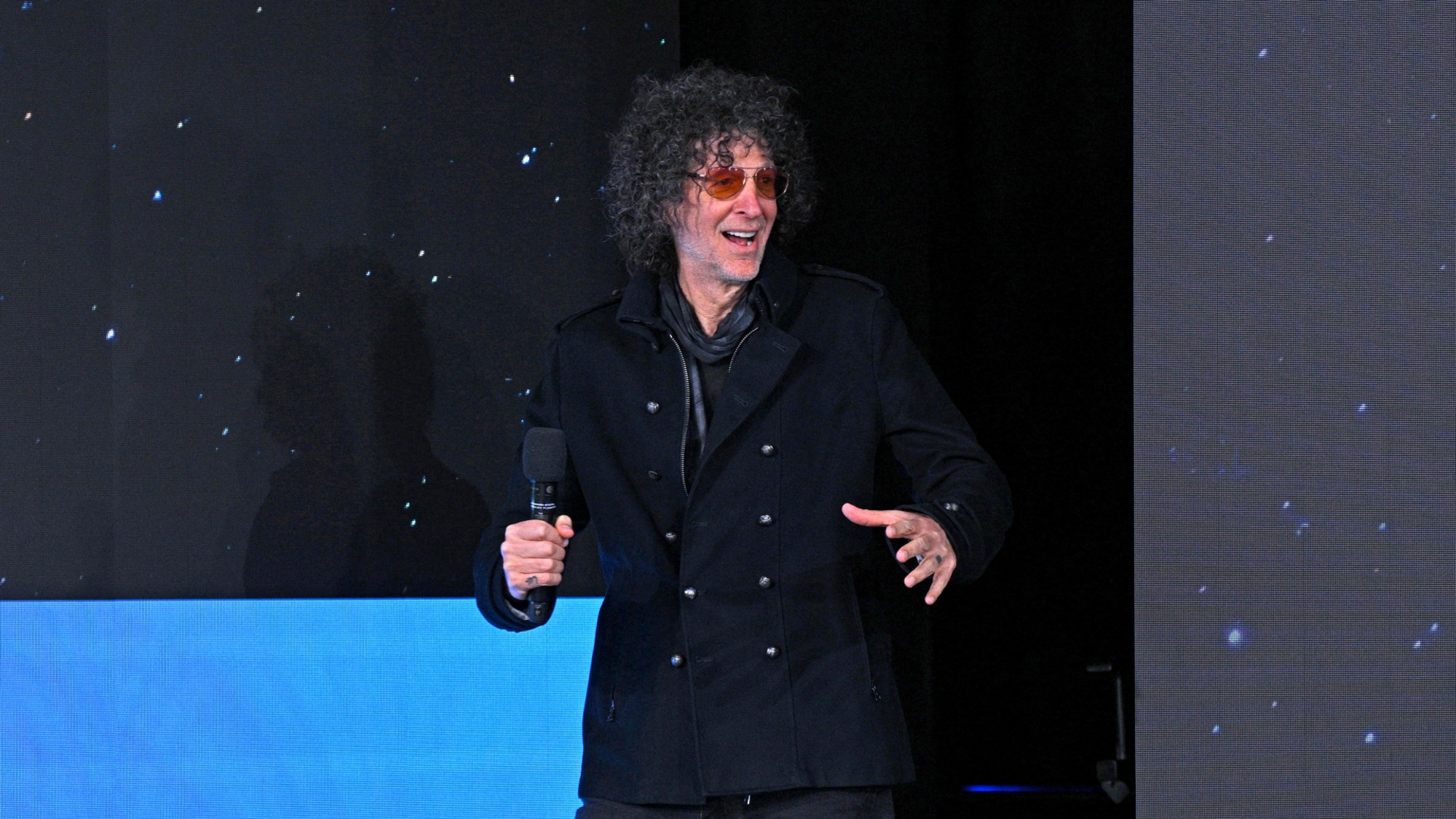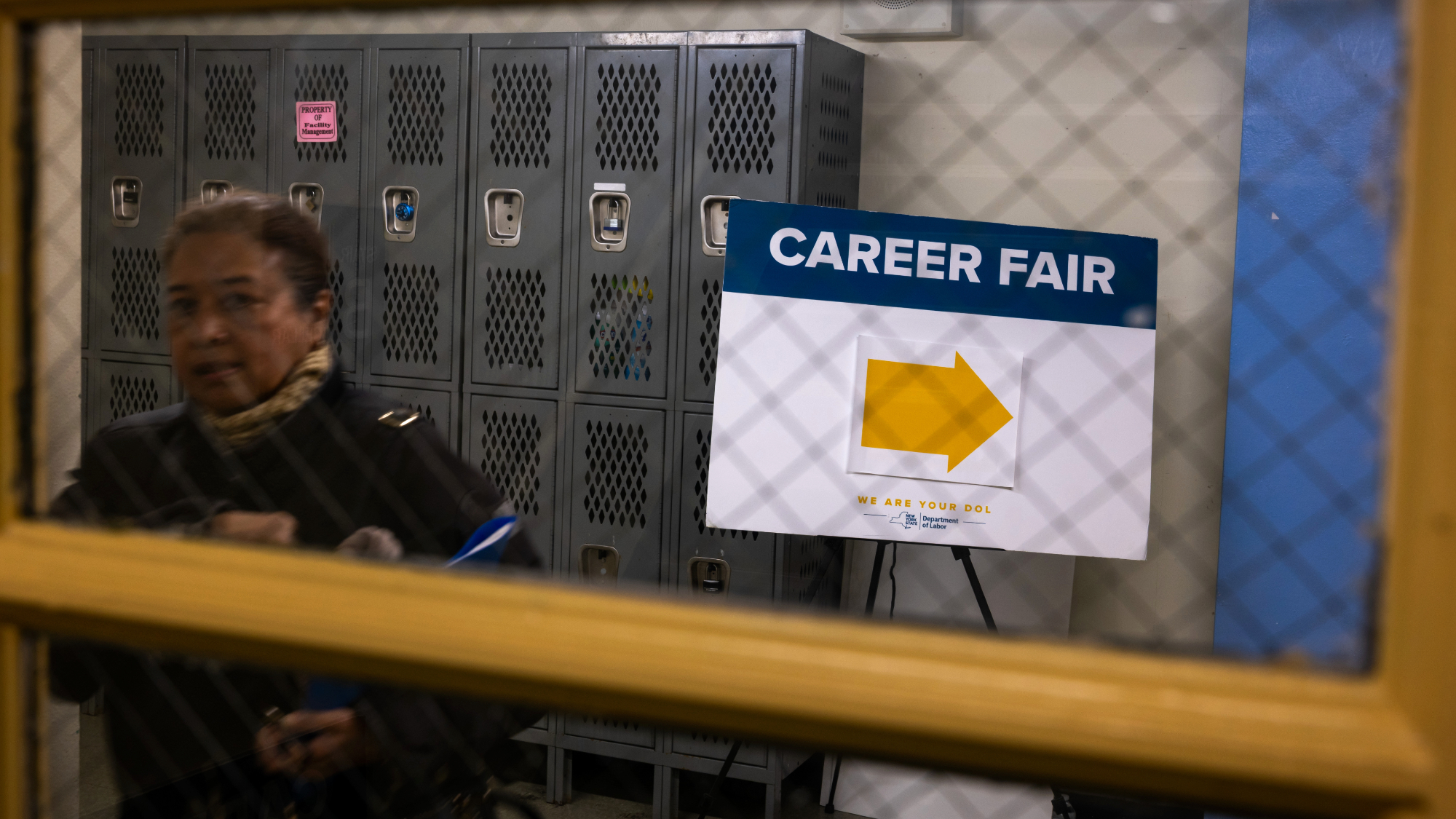Can cloning save the American elm?
The elm tree has symbolized strength since the early days of the American colonies, making its rapid demise all the more stunning


The perfect elm tree, says horticulturalist Bruce Carley, would grow quickly and require only moderate pruning. It would have boughs angled well to bear heavy snow and ice, and it would take an attractive, wine-glass shape. Most importantly, says Carley, the tree would be able to consistently survive the malady that's nearly erased the species from the American landscape: Dutch elm disease.
The American elm belongs in a category beside the drive-in and the soda fountain, capable of inducing nostalgia even in people who have only heard about it. Widely planted across the East and Midwest since before the American Revolution, the elm was the ideal street tree: attractive, durable, and tolerant of road salt; its arching branches turned city streets to verdant naves.
The elm tree has symbolized strength since the early days of the American colonies, making its rapid demise all the more stunning. In the 1930s, the fungus that causes Dutch elm disease arrived in the United States from Europe, carried by bark beetles stowed in a shipment of veneers from France. Elms died by the millions and successive waves of the disease left few standing, perhaps less than five percent of their pre-disease population. But now, scientists with the U.S. Forest Service, The Nature Conservancy, and other groups say that they're close to restoring Carley's ideal elm — and the techniques they're using will ensure the tree a long future.
The Week
Escape your echo chamber. Get the facts behind the news, plus analysis from multiple perspectives.

Sign up for The Week's Free Newsletters
From our morning news briefing to a weekly Good News Newsletter, get the best of The Week delivered directly to your inbox.
From our morning news briefing to a weekly Good News Newsletter, get the best of The Week delivered directly to your inbox.
Attempts to save the elm actually began in the 1950s. By then it was clear that stopping the spread of the beetles and the fungus — which causes an immune response in elms that prevents them from taking up water and nutrients — was probably futile. Still, millions of healthy trees remained, making it impossible to tell which ones might be naturally resistant. "They were just looking at random," says Christian Marks, an ecologist with The Nature Conservancy. The scientists eventually tested around 100,000 trees, cloning and planting shoots, then inoculating them with the fungus. In decades of testing, though, they found just nine trees that could survive Dutch elm disease.
The clones of some of those trees, called cultivars, are now widely available for sale in nurseries, under names like Valley Forge and New Harmony, but none of them are perfect, says Carley, who works at the Acton Arboretum in Massachusetts. "All of these cultivars diverge in one way or another from the ideal." Some take odd shapes, or lose branches under heavy snow.
Worse, says Marks, they're only resistant about 95 percent of the time. That sounds pretty good but, he notes, "A tree could live 200 years, and will be exposed multiple times." The chances that a tree will succumb increase with each infection. And since all those cultivars are clones of just nine individuals, if the fungus were to mutate, a huge portion of the newly planted elms might lose their resistance all at once.
Marks recently hiked through river floodplains across the Northeast, looking for survivor trees. Any big, old elm still standing, he says, has either gotten lucky, avoiding the disease by chance, or is resistant. With the help of an arborist, Marks collected the pollen and leaf buds of 21 old elms. Of those, maybe five or six will be resistant to the disease, he says — the chances that a tree is more than just lucky, that it has a natural resistance, is now about one in four.
A free daily email with the biggest news stories of the day – and the best features from TheWeek.com
Jim Slavicek, a biologist at the U.S. Forest Service's Northern Research Station in (confusingly named) Delaware, Ohio, will root and clone the buds that Marks collected, adding to the clones of about 75 different trees the research station already has. When they grow big enough, researchers will plant them in the research station and wait until they're old enough to test for resistance (when their trunks reach about one inch in diameter). On deck for testing this summer are clones from about 15 different trees collected in previous years; the researchers will drill a few small holes in the trunk, then pump in a couple drops of fungus-infused liquid. "Then we wait," he says. After a year, it's obvious which trees are resistant and which aren't.
The goal, he says, is to identify 20 different resistant cultivars, or unique genetic identities; they already have nine. That number is a sort of rule of thumb, he says, because it provides the minimum genetic diversity needed to restore the species. The researchers will test more of the trees for the next five or six summers, Slavicek says, and "being an optimist, I think we'll find at least 11 more."
Once the researchers have their 20 cultivars, they'll start crossing them with each other. "There are probably multiple genes involved" in resistance to Dutch elm disease, Marks says, meaning that it might be possible to breed more than one of those genes into a tree. "You want to have trees that have unusually high tolerance come together so their offspring will have even higher tolerance." At the same time that they're breeding greater resistance to Dutch elm disease, Slavicek says, they'll be looking for that ideal tree — fast growing, of sound architecture and classic form.
Marks also envisions the elms retaking their place in eastern forests. Nature Conservancy workers frequently plant disease-resistant elm cultivars mixed with other native trees, as part of riparian corridor restoration projects across New England. Once they identify more resistant cultivars, elms will become a bigger part of the mix. It was there in the river valleys that the trees evolved, Marks says, and it is the unpredictable nature of that environment that made the tree adaptable to the frequent disturbances of urban life. Back in the wild, the trees will be able to cross on their own, he says, hopefully growing more resistant with time, spreading downstream and slowly becoming, once again, part of the landscape.
-
 What is Roomba’s legacy after bankruptcy?
What is Roomba’s legacy after bankruptcy?In the Spotlight Tariffs and cheaper rivals have displaced the innovative robot company
-
 SiriusXM hopes a new Howard Stern deal can turn its fortunes around
SiriusXM hopes a new Howard Stern deal can turn its fortunes aroundThe Explainer The company has been steadily losing subscribers
-
 Unemployment rate ticks up amid fall job losses
Unemployment rate ticks up amid fall job lossesSpeed Read Data released by the Commerce Department indicates ‘one of the weakest American labor markets in years’
